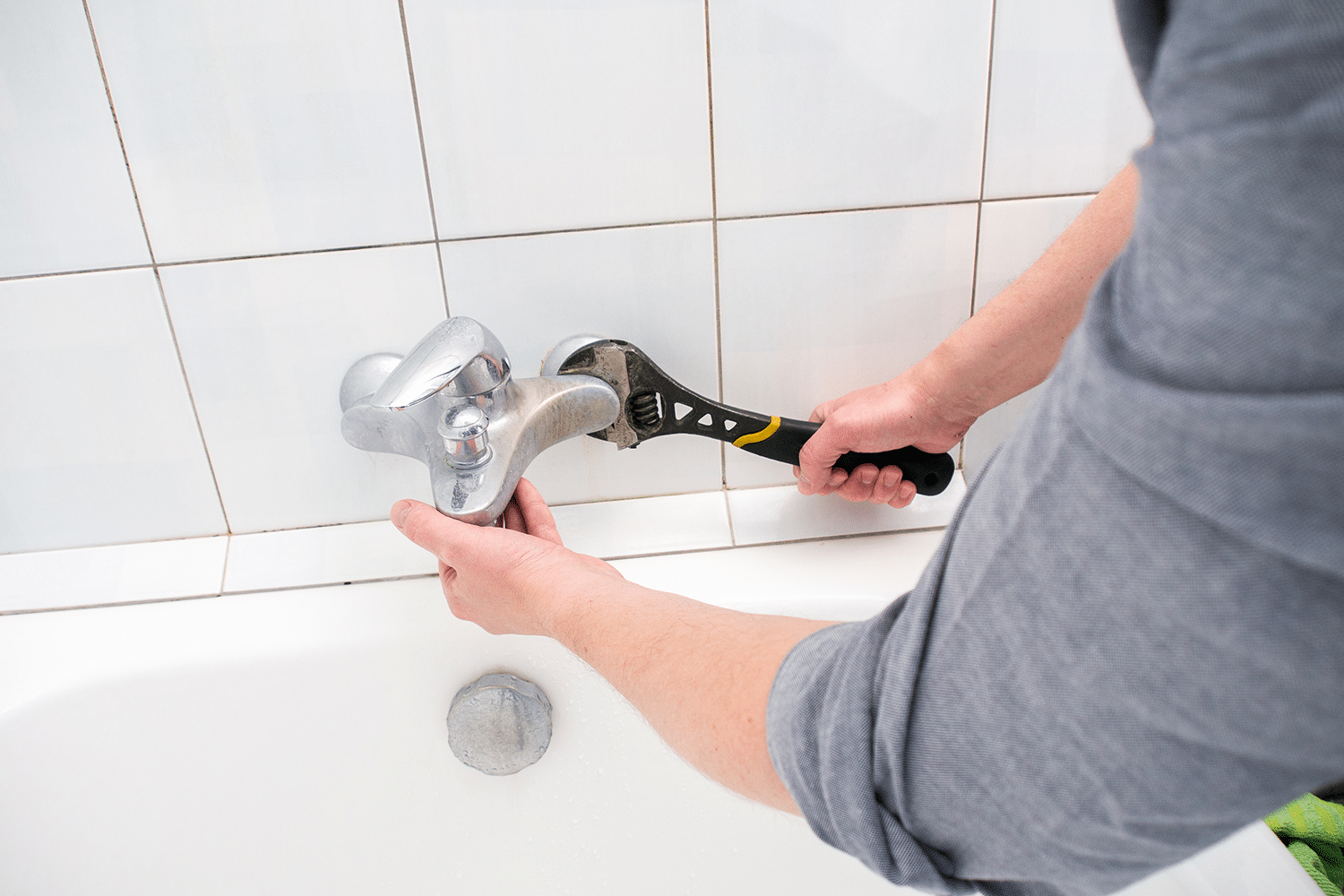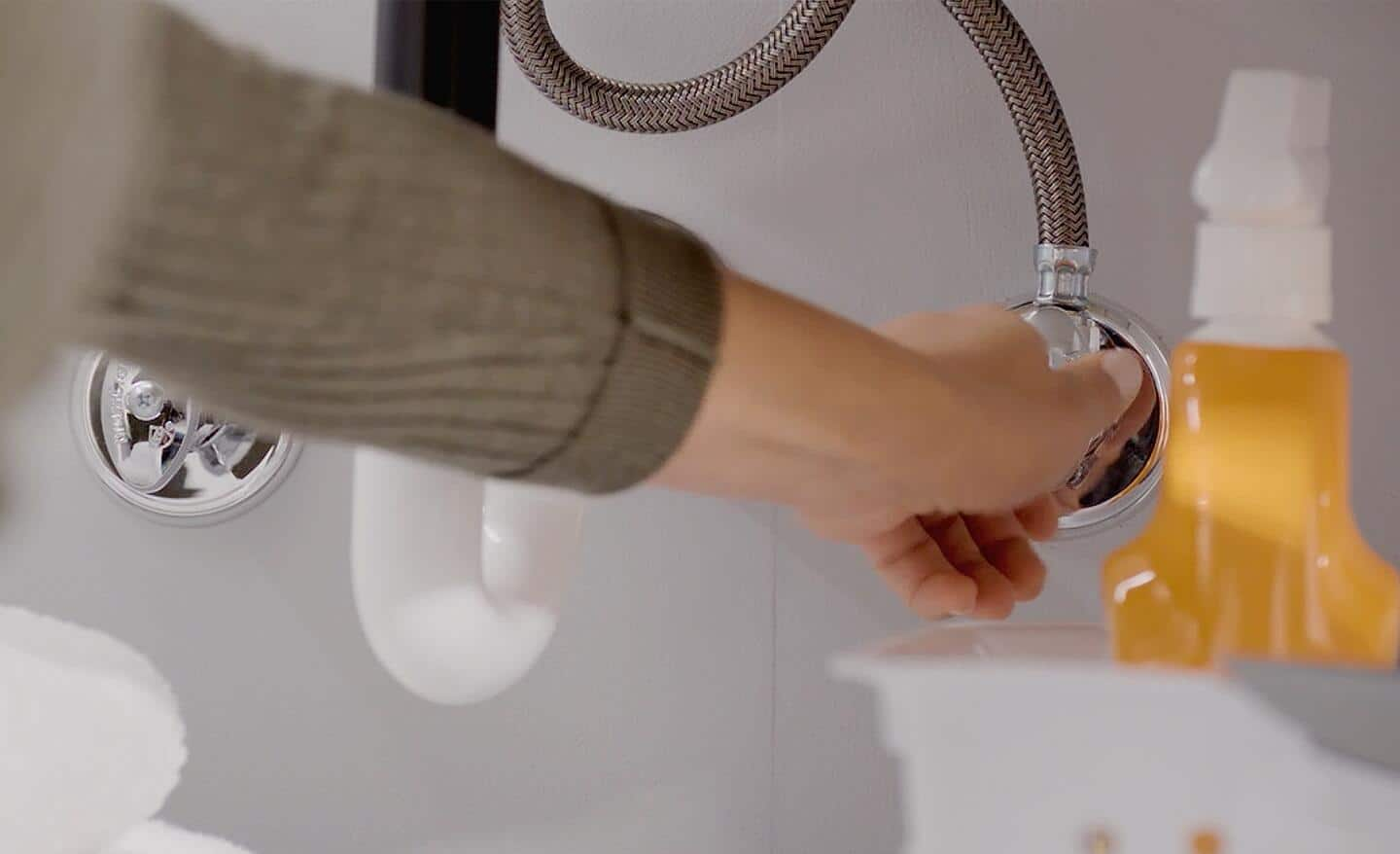Why It's Vital to Deal with a Broken Faucet
Why It's Vital to Deal with a Broken Faucet
Blog Article
What are your insights and beliefs about Why It's Important to Fix Leaky Faucets?

Dripping taps might seem like a small hassle, but their effect goes beyond just the annoyance of the noise. From drainage to incurring unnecessary financial costs and wellness risks, neglecting a leaking tap can lead to numerous effects. In this post, we'll look into why it's crucial to address this typical family concern without delay and properly.
Wastefulness of Water
Environmental Effect
Dripping taps contribute substantially to water wastage. According to the Epa (EPA), a solitary faucet trickling at one drip per second can throw away more than 3,000 gallons of water annually. This not only stress water sources yet also affects ecological communities and wildlife based on them.
Financial Prices
Enhanced Water Expenses
Past the ecological impact, dripping faucets can pump up water costs considerably. The accumulated waste gradually converts right into greater utility expenses, which could have been prevented with prompt fixings.
Possible Residential Or Commercial Property Damage
Additionally, extended trickling can bring about harm to components and surface areas bordering the tap. Water buildup can create discoloration, deterioration, and also architectural concerns if left neglected, causing added fixing prices.
Wellness Problems
Mold And Mildew and Mold Development
The constant presence of moisture from a dripping faucet develops an ideal environment for mold and mildew and mold development. These fungi not only compromise interior air high quality but also pose wellness threats, specifically for individuals with respiratory conditions or allergic reactions.
Waterborne Illness
Stagnant water in dripping faucets can become a breeding ground for microorganisms and various other microorganisms, increasing the threat of waterborne conditions. Pollutants such as Legionella bacteria grow in stationary water, potentially causing severe diseases when consumed or breathed in.
DIY vs. Specialist Repair service
Benefits and drawbacks of DIY Fixing
While some might attempt to deal with a dripping tap themselves, DIY fixings include their very own set of challenges. Without appropriate knowledge and devices, DIY efforts can exacerbate the concern or bring about incomplete repairs, extending the problem.
Benefits of Working With an Expert Plumber
Hiring an expert plumber ensures that the underlying root cause of the dripping faucet is attended to effectively. Plumbing professionals possess the experience and devices to detect and repair faucet problems successfully, saving time and lessening the risk of additional damage.
Step-by-Step Overview to Dealing With a Dripping Faucet
Tools Called for
Prior to trying to repair a trickling tap, collect the needed devices, consisting of a flexible wrench, screwdrivers, replacement parts (such as washers or cartridges), and plumber's tape.
Common Faucet Issues and Their Solutions
Determine the type of tap and the details problem triggering the drip. Common troubles include worn-out washing machines, rusty shutoff seats, or damaged O-rings. Refer to supplier guidelines or online tutorials for detailed advice on repairs.
Preventive Measures
Routine Maintenance Tips
To stop leaking faucets, carry out regular upkeep such as cleansing aerators, inspecting for leaks, and replacing worn-out parts quickly. Furthermore, consider installing water-saving devices or upgrading to a lot more reliable components.
Relevance of Prompt Services
Addressing dripping faucets as soon as they're discovered avoids additional water waste and potential damage, ultimately conserving both water and cash in the future.
Influence On Residential Or Commercial Property Value
Perception of Well-Maintained Residential Or Commercial Property
Maintaining a home in good condition, including dealing with maintenance problems like leaking faucets, enhances its regarded worth and charm among possible customers or occupants.
Influence on Resale Worth
Properties with properly maintained plumbing fixtures, including taps, command higher resale values in the property market. Resolving leaking faucets can add to a favorable perception throughout building assessments and arrangements.
Ecological Responsibility
Specific Contribution to Conservation
Taking duty for taking care of dripping taps aligns with more comprehensive efforts towards water conservation and environmental sustainability. Every person's activities jointly make a considerable impact on maintaining valuable sources.
Sustainable Living Practices
By focusing on timely repairs and embracing water-saving habits, individuals contribute to sustainable living techniques that benefit both existing and future generations.
Conclusion
Resolving a dripping tap goes beyond simple ease; it's a necessary step towards saving water, reducing monetary prices, and protecting wellness and residential or commercial property. Whether via DIY repair services or specialist support, acting to deal with trickling faucets is a little yet impactful means to promote responsible stewardship of sources and add to a healthier, much more lasting future.
How to Fix a Dripping or Leaky Faucet
A leaking faucet is one of the most common problems that homeowners encounter, but it being commonplace doesn’t make it any less annoying. The constant drip drip drip of a leaking bathtub faucet, showerhead, or sink tap can disturb your home’s serenity. Left neglected, a dripping faucet can also result in higher water bills and discoloration or mold growth in your sink or plumbing fixtures.
Fortunately, you don’t have to be a trained plumber to know how to stop a dripping faucet. With some basic tools, replacement parts, and a little patience, leaky faucet repair is a breeze. In this article, we’ll explain what causes dripping faucets and how you can fix them.
What Causes a Leaking Faucet?
Kitchen and bathroom faucets come in all manner of designs, but most involve some combination of valves, O-rings, seals, and washers. The O-ring is usually the weakest link, but any one of these pieces can wear down over time. Heat, moisture, temperature fluctuations, minerals, mold, and movement can contribute to warping and corrosion, breaking the watertight seal. This just comes with the territory of being a homeowner. Everything is always subject to wear and tear, and some component parts of your appliances and fixtures need to be replaced on occasion. At least replacement O-rings are cheap!
More rarely, dripping faucets can be a symptom of excessively high water pressure. Were this the case in your home, you would probably notice that the leak is not isolated to one faucet. Water pressure issues are harder to resolve on your own. We recommend contacting a professional plumber if you suspect your water pressure is too high.
How to Fix a Dripping Faucet
Pipe wrench or monkey wrench Allen wrench set Screwdrivers Old towel or rag Shut off the water.
Before you do anything, you need to turn off the water to keep from drenching your kitchen or bathroom. You should find a valve under the sink and against the wall. Once you’ve turned this valve, try turning the faucet on to confirm that the water source has been cut off.
If you can’t locate your local valve for the faucet you’re working on, you can always shut off the water to the house at the main valve. Of course, this will prohibit anyone from using the sinks, showers, or toilets while you’re working on the faucet that’s giving you trouble.
Plug or block the drain.
You’ll be disassembling the faucet and removing some small bits of hardware. Plug the drain with a stopper or rag to avoid the possibility of a small screw falling into your P-trap.
Take apart the faucet assembly.
There are several varieties of kitchen and bathroom faucets, each with its own manner of assembly. For detailed instructions on how to disassemble your faucet, you can refer to the fixture’s manual or contact the manufacturer. If you know whether you have a ball, disc, cartridge, or compression faucet, you can find detailed schematics online.
In general, you need to begin by removing the faucet handles. You might notice a small screw that you’ll need to remove with a screwdriver or Allen wrench. If you don’t see any visible securing hardware, it’s likely hidden under a decorative cap that can be unscrewed or popped off with flathead screwdriver.
Remove each piece methodically, consulting a schematic when necessary. Take notes or arrange the pieces in such a way to make it easier to correctly reassemble the faucet later.
Remove the cartridge.
Once you’ve removed the handles and securing hardware, you should be able to remove the valve cartridge or stem. Some cartridges will slide right out. Other faucet models will require you to loosen a nut with a pipe wrench before you can remove the valve stem.
Examine the exposed hardware.
With the cartridge or stem removed, inspect the component parts. Check the rubber O-rings for wear and tear. Also examine the seat washer for corrosion or other damage. These pieces are usually the responsible parties for a dripping faucet, but it’s worth inspecting the other component parts while you have the faucet disassembled.
Find replacement parts.
Once you’ve identified which faucet component has failed, find an identical replacement. Your local hardware store should have O-rings, seat washers, and other standard components in stock. If you have a luxury or uncommon faucet, you may have to contact the manufacturer for a replacement part.
It’s a good idea to take your old parts with you to the hardware store so you can compare them with the store’s inventory and be sure you’re purchasing the correct replacement.
Reassemble the faucet.
With your new parts in hand, reconstruct the faucet and handles. Don’t be tempted to overtighten screws or nuts. You might think this could create a better seal, but it can instead damage or bend a delicate part of the assembly and create a new problem for you.
Turn on the water and test the faucet.
The only thing left to do is test your work. Unplug the sink, turn the water back on, and try the faucet. Congratulate yourself on a job well done!
https://www.libertyhomeguard.com/how-to-fix-a-dripping-or-leaky-faucet/

I came across that blog posting on Should I Repair or Replace a Leaky Faucet? while doing a search on the web. Loved our article? Please share it. Help someone else discover it. Thanks a lot for your time. Come back soon.
Report this page